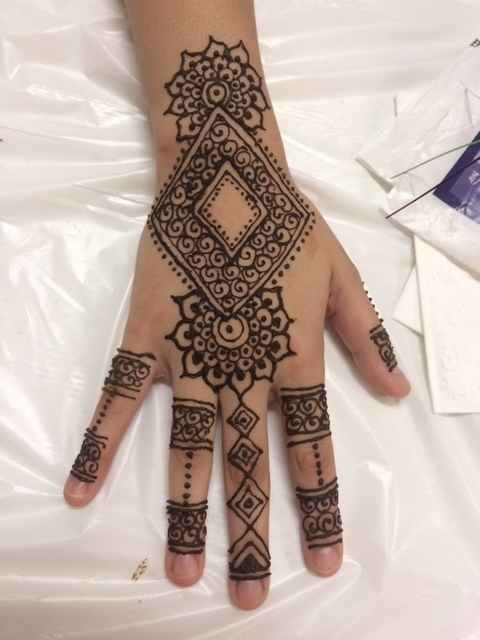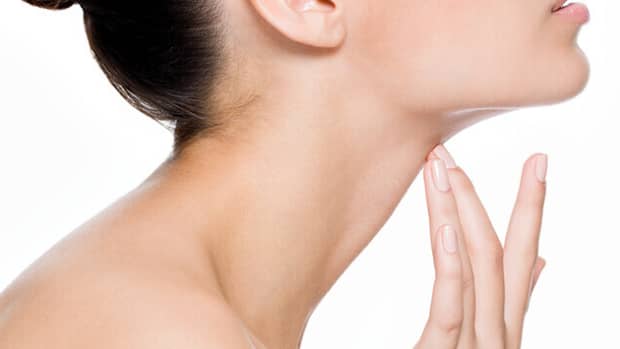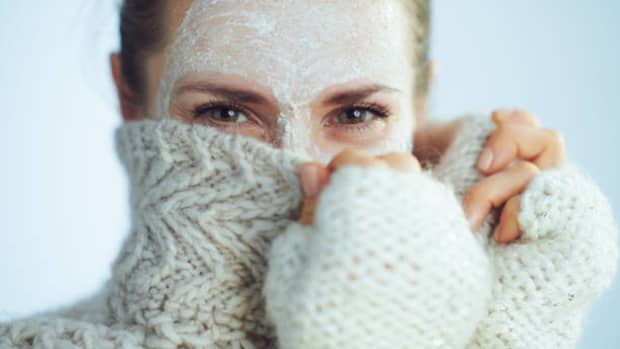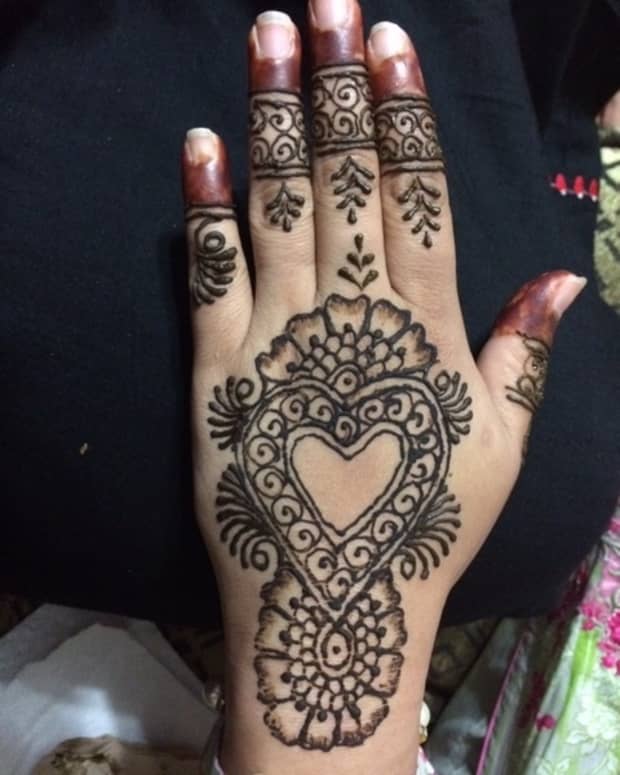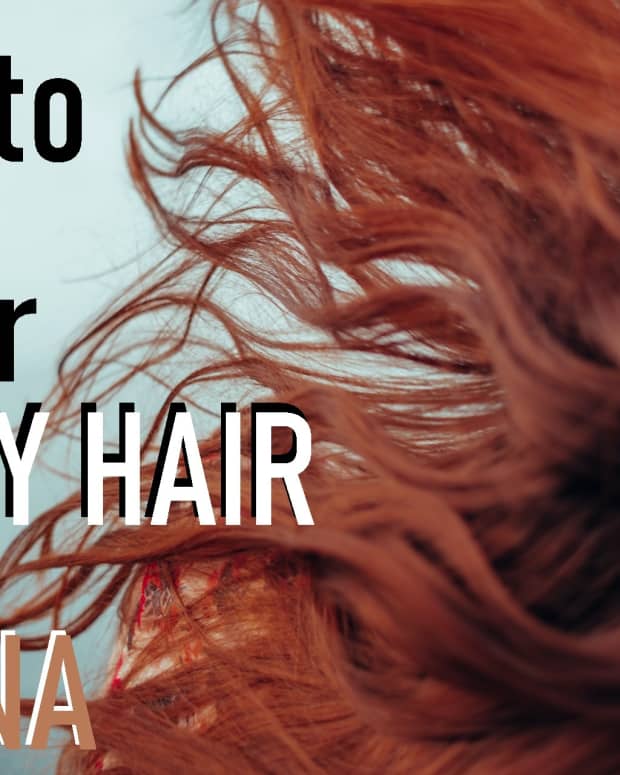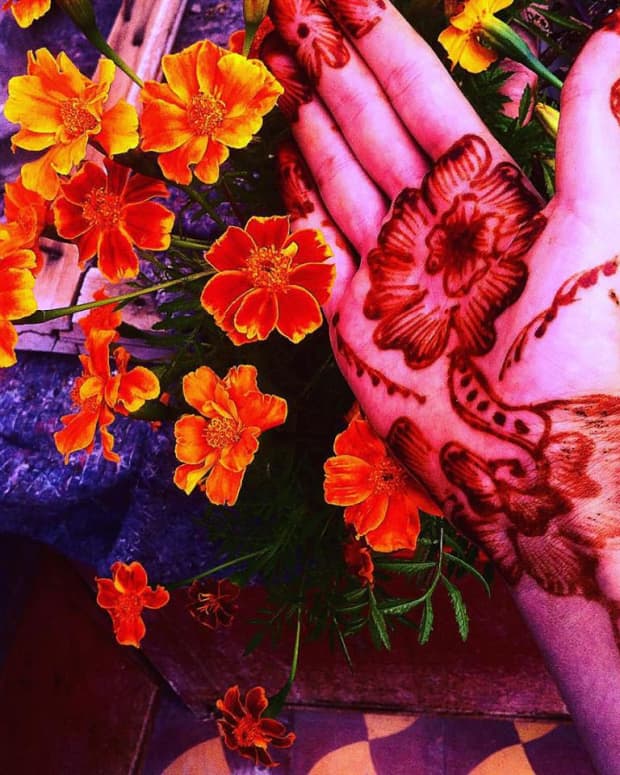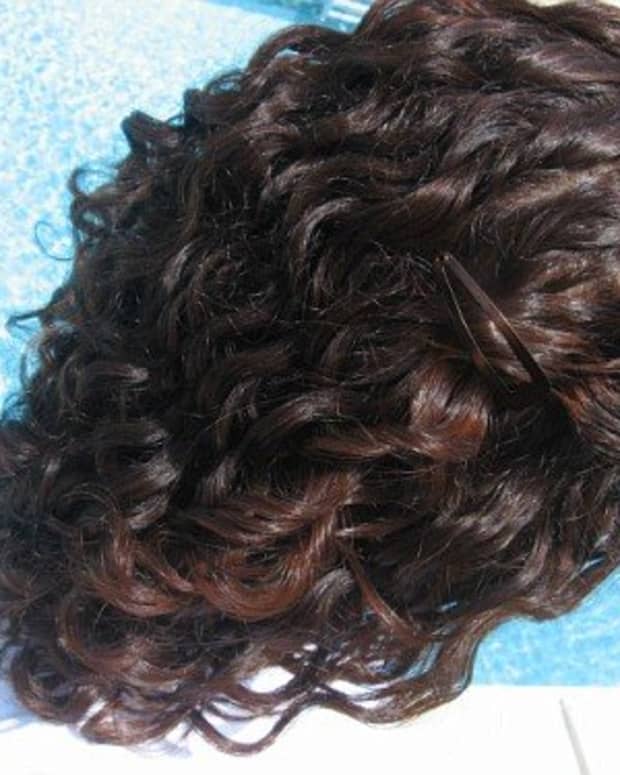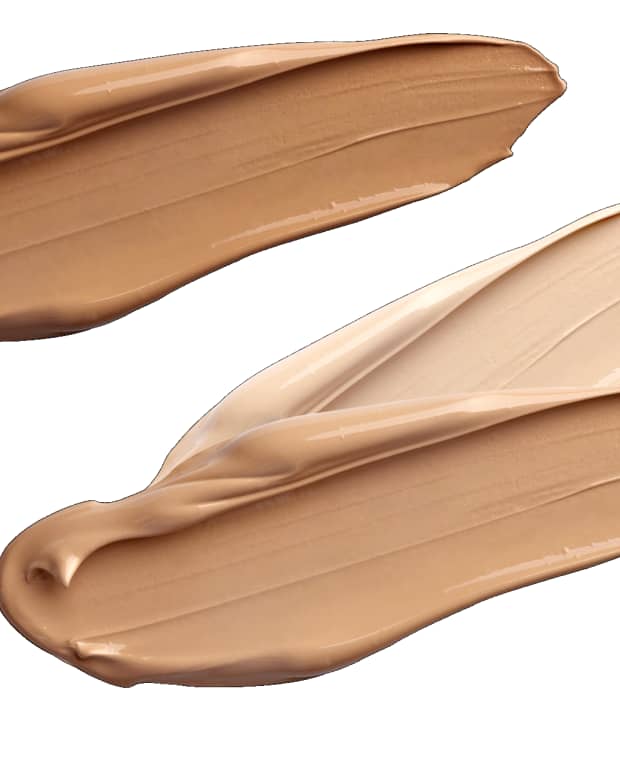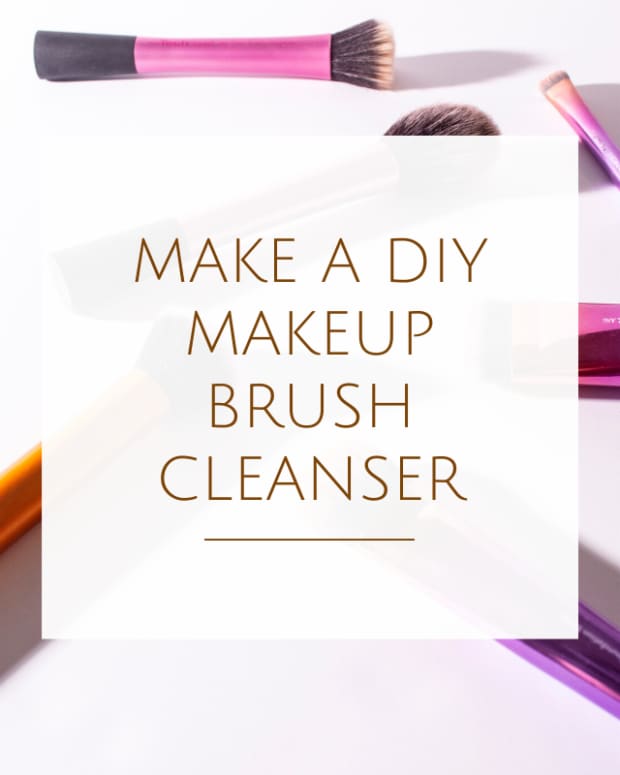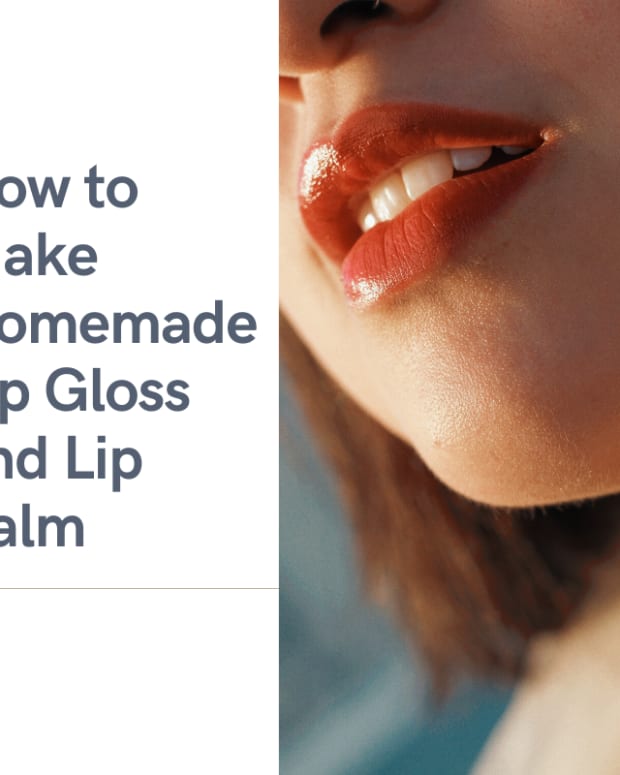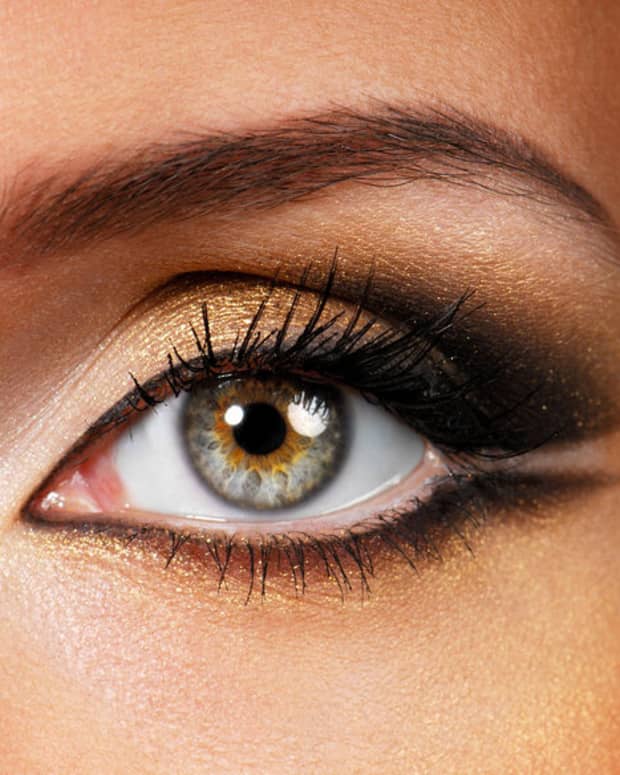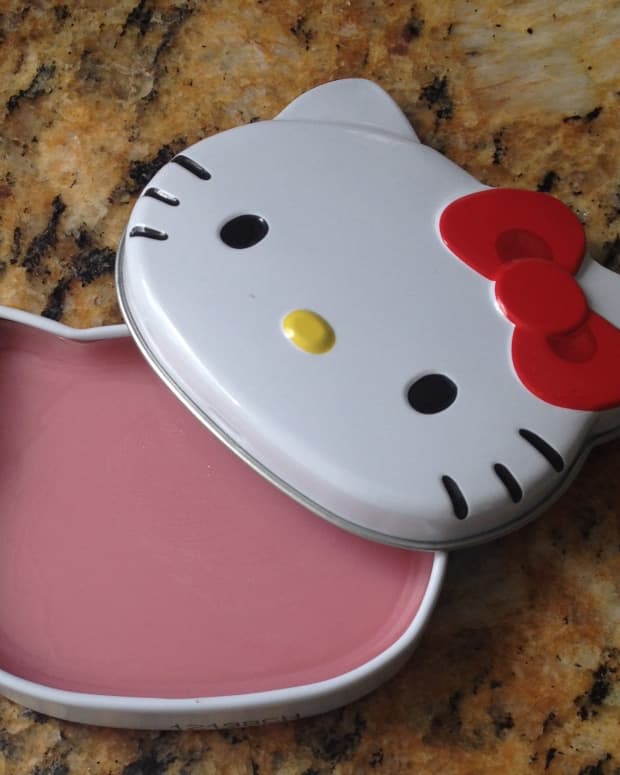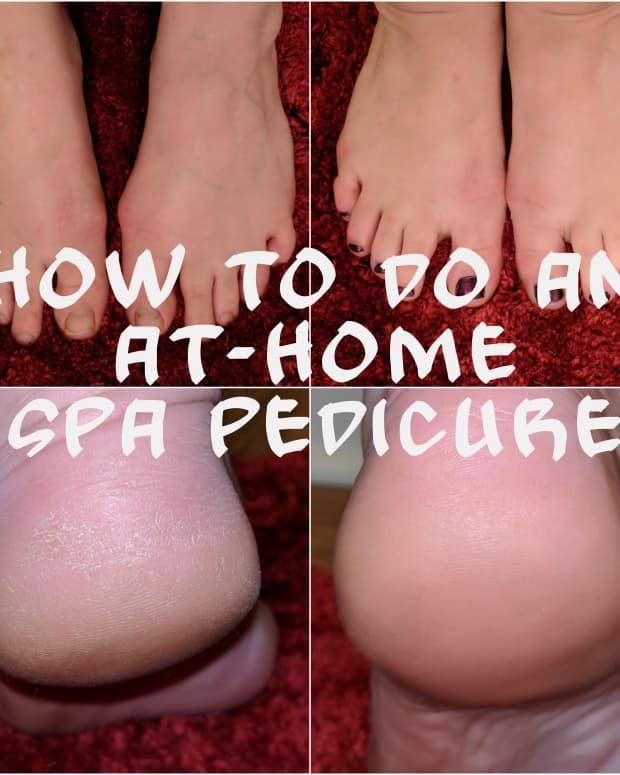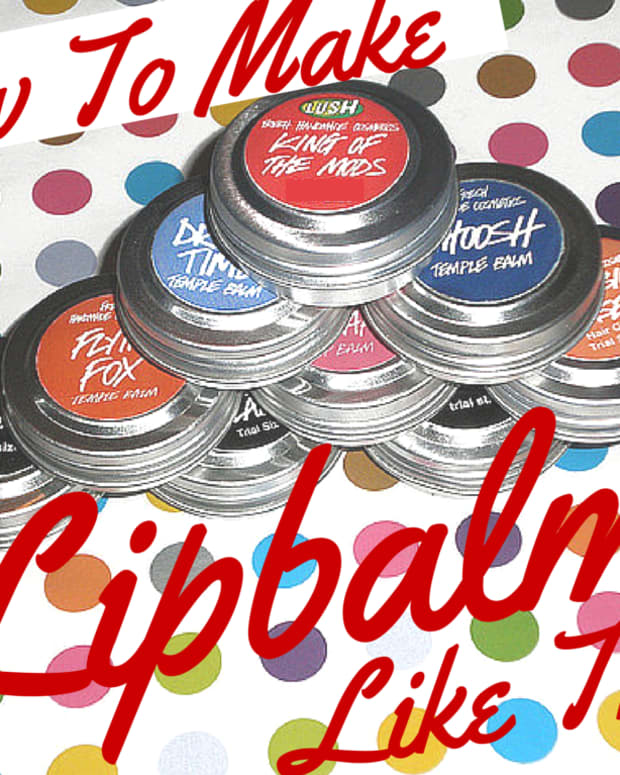How to Make a Henna Cone and Henna Paste
Bushra is Indian and is well-acquainted with henna application. She is self-taught with influences from Hyderabadi and Arabic henna styles.
Henna is a popular art originating from India, Pakistan, and the Middle East that is, simply put, a form of tattooing. Think of it as a temporary tattoo that generally disappears within a week or so, depending on the formula.
For those who do not know, henna is a plant-based paste (from the plant Lawsonia inermis) of herbs and leaves that give an orange, red, or brownish pigment, and people use it to leave patterns and designs on the skin, typically to stain hands and fingernails. In olden times, henna was used as a dye for clothing as well, but not as much today.
This art form is catered towards women because, as tradition follows, they would wear it on their hands and arms for special occasions such as weddings and other parties.
To the Western world, henna is somewhat well known and like due to its quick application and not having to worry about it being permanent. It has been known to give a relaxing feeling to both the henna artist and the person getting it done. Since it is usually organic material, it is usually safe for all skin types. However, there are a few forms of henna with fake dyes of coal tar added that can irritate the skin or cause an allergic reaction, which is why people have to be careful in what henna they choose and what they apply on their skin.
The Henna
Anyways, the very beginning of henna is finding a good formula of henna paste and a good henna cone. There are two primary ways of doing that I recommend most.
Make Your Own Henna Paste and Henna Cone
I cannot stress how important it is to have organic henna, 100% pure and natural henna powder is the way to go. Do not, I repeat, do not use items called “black henna” or henna that is anything other than 100% pure and natural. This increases the chances of infection, allergic reaction, skin irritation, and more, so save yourself the trouble.
There are a couple of ways to attain some henna powder yourself. You can either grow your own henna tree and take the leaves and dry them and powder them or, assuming that you don’t have a tree much like myself, you can buy some powder. Usually, if there is an ethnic enclave around where you live, and there is an Indian, Pakistani, or Middle Eastern shop, you should most likely be able to find henna powders. You can do that, or order henna powder from online.
Read More From Bellatory
One good brand is Red Raj, 100% pure henna powder, but anything that is organic and pure henna is most likely just fine. In the video below, the YouTuber Shruti Arjun Anand uses a brand called Gazab, which is also another option you have.
Instructions for Making Henna Paste
- Sift the henna powder you bought a minimum of three times, and store it in an airtight container to keep away from moisture.
- Boil 1 cup of water with 7–8 cloves and two tablespoons of instant coffee for about 15 minutes. This will be the mixing liquid for your henna paste, and you will have to filter it three times to ensure no small particles and no cloves.
- You will also need one tablespoon of thrice filtered lemon juice.
- Mix a tablespoon of the henna powder, the lemon juice, and the coffee-clove mixture. Keep adding spoonfuls of the coffee-clove mixture until the desired consistency is reached. This should be the consistency of toothpaste and able to make strands when you lift the mixture with a spoon.
This henna mixture I myself have tried at home, and it is totally effective with a strong color stain on the skin and smooth threads and easy application. I recommend it to all those who want to use this method to make their own henna paste and cones.
Buy Pre-Made Henna Cones
Let’s be honest, not all of us have time to sit around and meticulously make henna pastes and cones every time we want to do henna, so although this is the lazy way out, you can buy pre-made henna cones. I use this method more than anything as someone who does henna quite often, and cones that are pre-made usually do not leak and are as effective as homemade ones.
Again, always look for 100% pure and natural henna pastes, preferably from India, Pakistan, or anywhere in the Middle East. It is better to get authentic cones in this case since you are not making it yourself because they are more trustworthy, in my opinion.
Like for the henna powders, you can most likely find pre-made cones at ethnic shops near you also, at least that has been my experience. You can do a bit of trial and error to see which one of the cones gives the best color stain and has the best application and buy the ones you like best. Remember, do not use anything labeled “black henna,” it is most likely not good for your skin.
Once you’ve got your henna paste in a cone, whatever method you choose, you're ready to start applying the design.
This content is accurate and true to the best of the author’s knowledge and is not meant to substitute for formal and individualized advice from a qualified professional.
© 2019 Bushra Ibrahim

